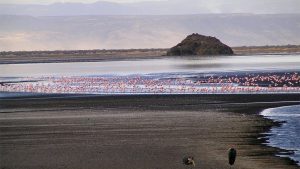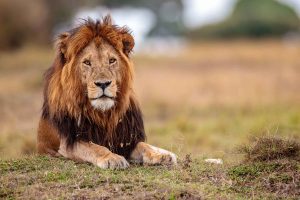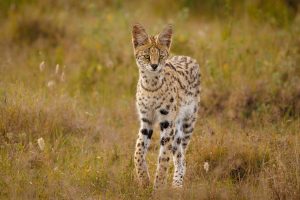The Great Migration is more than just a movement of animals — it’s one of the planet’s most impressive natural events. Every year, millions of wildebeests and zebras thunder across the Serengeti in a journey driven by survival, instinct, and the changing seasons. If you think you know it all, here are 7 mind-blowing facts about the Great Migration that will deepen your awe.
🐃 1. Over 2 Million Animals Are on the Move
The Great Migration involves:
-
1.5 million wildebeests
-
200,000 zebras
-
500,000 gazelles
Together, they form the largest terrestrial mammal migration on Earth — a breathtaking sight of hooves, dust, and energy stretching to the horizon.
📆 2. It Never Stops — It’s a Year-Round Cycle
Many think the Great Migration is a one-time event, but it’s actually a continuous loop. The herds move in a clockwise path between Tanzania and Kenya, guided by the rains and the search for fresh grass.
At any given time of year, something incredible is happening — from calving season in the south to river crossings in the north.
🍼 3. Around 8,000 Wildebeest Calves Are Born Daily
During the calving season (January–March in Ndutu, southern Serengeti), roughly 8,000 wildebeest calves are born each day. It’s a dramatic time: newborns must stand and run within minutes, as predators like lions, hyenas, and cheetahs wait nearby.
🦁 4. Predators Follow the Herds
The Great Migration is a feeding ground for predators. Lions, leopards, cheetahs, hyenas, and crocodiles follow the herds — especially during calving season and river crossings. The sheer number of animals means non-stop drama and survival stories unfold every day.
🌊 5. The Mara River Crossings Are Legendary
Between July and October, herds cross the Mara River in Northern Serengeti. It’s one of nature’s most thrilling scenes — stampeding wildebeests leaping into crocodile-infested waters, scrambling up steep banks, and risking it all for greener pastures.
It’s brutal, chaotic, and unforgettable.
🧠 6. Zebras Lead — Wildebeests Follow
Zebras often walk ahead of the wildebeest during migration. Why? Because zebras have strong memories and vision to find routes, while wildebeests have a better sense of smell and hearing. Together, they make the perfect survival team.
They also eat different parts of the same grass — zebras first, then wildebeest — making them ideal companions.
🚷 7. The Migration Is in Danger
Despite being a natural wonder, the Great Migration faces threats from:
-
Fencing and blocked corridors
-
Climate change
-
Human encroachment
Efforts by conservation groups and responsible tourism operators are vital to protect this world-class phenomenon for future generations.
🧭 Witness the Wonder with Kilipath African Safaris
The Great Migration isn’t just a tour — it’s a once-in-a-lifetime experience. At Kilipath African Safaris, we’ll take you to the heart of the action, whether it’s the calving season in Ndutu or the thrilling Mara River crossings in Kogatende.
📩 Contact us now to plan your personalized Great Migration safari!





